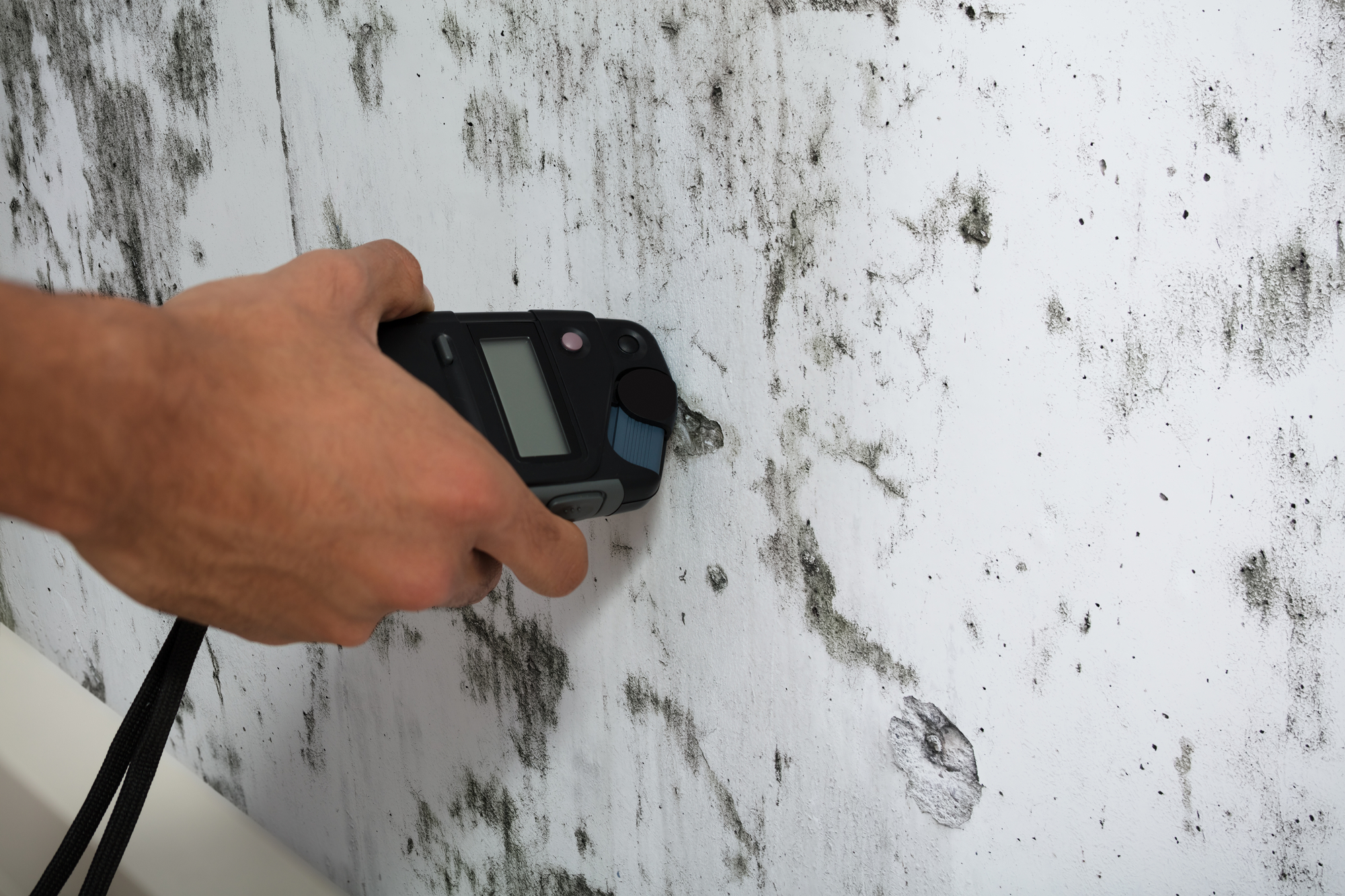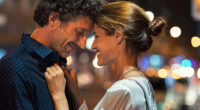When it comes to ensuring a healthy living environment, mold testing is often a crucial step that many homeowners consider. Given the alarming rise of mold-related issues in residential spaces, the idea of conducting DIY mold testing has captured the interest of countless individuals.
But before diving headfirst into this hands-on approach, its essential to evaluate both its benefits and drawbacks. On one hand, DIY mold testing can be cost-effective and empowering, offering homeowners the chance to take charge of their health.
On the other hand, it presents risks, including the potential for inaccurate assessments and the danger of overlooking hazardous infestations. As we delve deeper into the pros and cons of DIY mold testing, youll find a clearer picture that will help you determine whether this path aligns with your needs and circumstances.
Pros of DIY Mold Testing

One of the most appealing aspects of DIY mold inspection St Petersburg FL is the accessibility it offers to homeowners seeking peace of mind. With a variety of affordable kits available on the market, testing for mold becomes a manageable task rather than a daunting chore.
No longer do you have to wait for a professional to arrive, creating anxiety around potential hidden dangers lurking within your walls or air. Additionally, the immediacy of conducting your own tests can lead to quicker decision-making; if a problem is detected, you can promptly take action, whether that means tackling cleanup efforts yourself or calling in an expert.
The sense of empowerment that comes from being proactive can’t be overstated; you are taking control of your home environment rather than simply reacting to issues as they arise. Furthermore, many DIY testing kits provide clear instructions and user-friendly results, allowing even the least experienced homeowners to feel confident in their assessments.
Cons of DIY Mold Testing

While the allure of tackling DIY mold testing can be tempting, its essential to consider the downsides that may accompany this approach. First and foremost, the accuracy of DIY kits can be questionable; many fail to detect certain mold species or specific types that could pose serious health risks. Moreover, the interpretation of results often lacks the nuance that a trained professional would possess, leading to potential misjudgments about the severity or type of mold present.
In addition, the potential for cross-contamination during testing—which can complicate findings—means that an amateur’s efforts could inadvertently create a false sense of security or lead to unnecessary alarm. Finally, when considering the broader implications of mold growth, such as health impacts or structural damage, its crucial to remember that a comprehensive understanding often requires expert guidance, which is simply beyond the reach of most DIY methodologies.
Therefore, while the idea of DIY mold testing may seem appealing, the risks and limitations could end up complicating matters further rather than providing a straightforward solution.
Factors to Consider Before DIY Mold Testing

Before embarking on DIY mold testing, there are several pivotal factors that warrant careful consideration. First and foremost, the source of your mold concern should guide your approach—if you suspect the presence of toxic molds like black mold, it might be wiser to skip testing altogether and consult a professional. Additionally, the accuracy of DIY kits can vary significantly; some may provide reliable results, while others could mislead you, leaving hidden problems unaddressed.
Furthermore, the environmental conditions in your home—such as humidity levels and ventilation—play a crucial role in mold growth and should inform your testing strategy. Do you have prior experience with similar projects? This can make a difference in your ability to interpret results accurately.
Finally, weigh the potential costs against the impact of mold-related health issues and property damage—sometimes, the peace of mind that comes from expert evaluation is worth far more than a home test kit.
Conclusion
In conclusion, DIY mold testing can be a viable option for homeowners looking to assess mold presence in their properties without incurring hefty costs. It provides an opportunity for individuals to take proactive measures, especially in areas like St.
Petersburg, FL, where humidity can lead to mold growth. However, it’s important to weigh the pros against the potential cons, including the risk of inaccurate results and the possibility of overlooking underlying issues.
For those uncertain about their ability to accurately interpret test results or manage a mold problem, consulting with professional mold inspection services in St. Petersburg, FL, may be the safer and more effective route.
Ultimately, the decision should be based on personal comfort levels, the severity of the situation, and whether the home environment poses a potential health risk.




